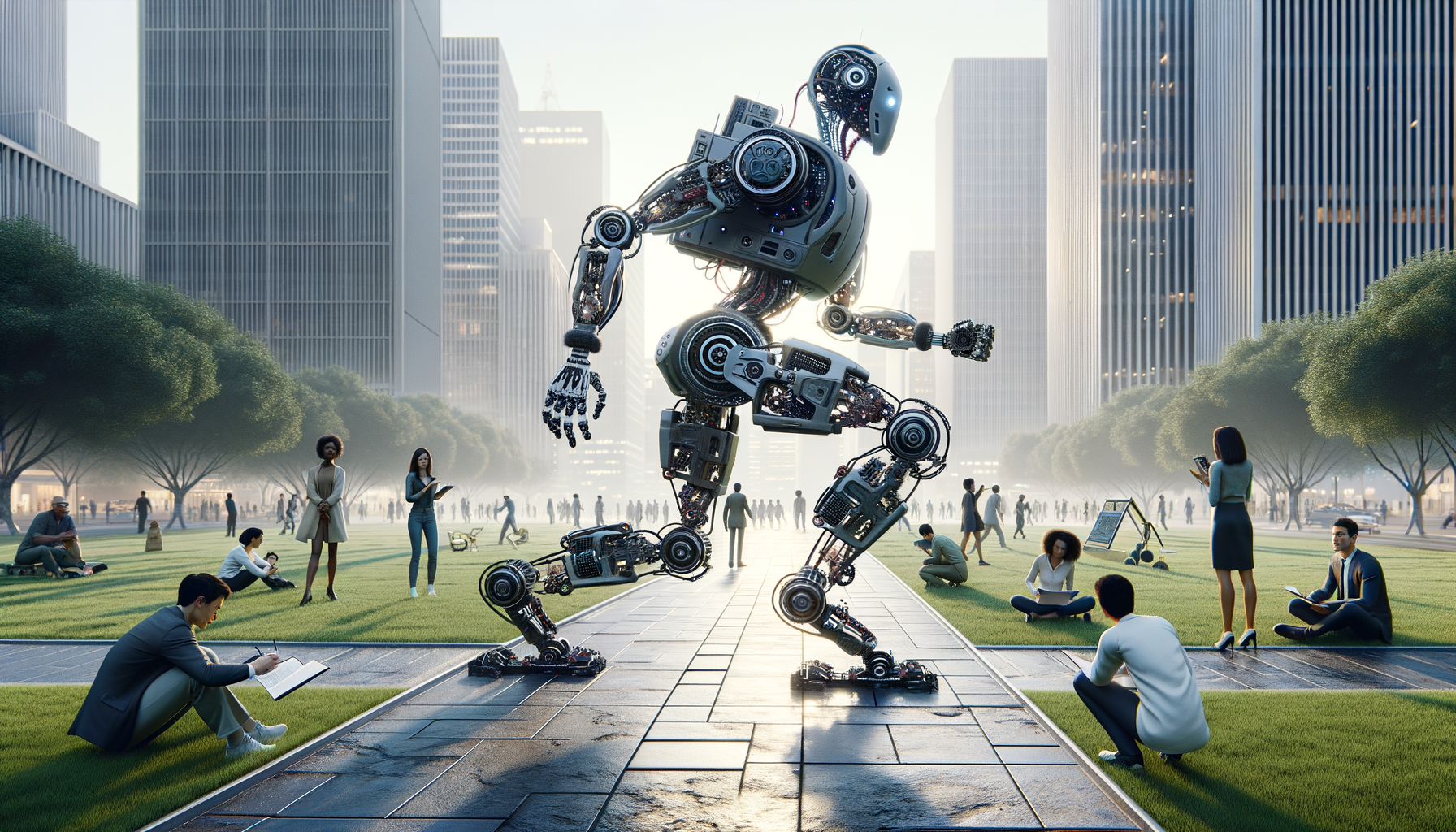The Rise of Bipedal Robots: Features and Innovations
In recent years, bipedal robots have garnered significant attention and recognition within the fields of robotics and artificial intelligence. Their remarkable ability to mimic human gait and movement opens up a plethora of applications, from advanced prosthetics to assistance in search and rescue missions. As technological innovations propel their development, it is essential to understand the features that make bipedal robots unique and effective, as well as the breakthroughs that continue to shape their future.
The Mechanical Marvels of Bipedal Robots

At the core of bipedal robots lies a fascinating integration of sophisticated engineering and cutting-edge technology. These robots typically consist of a complex system of joints, actuators, and sensors that allow them to achieve balance and mobility much like a human being. The most common features include:
1. Joint Configuration: Bipedal robots benefit from having multi-degree-of-freedom joints that replicate the angular movements of human joints. This configuration grants them the flexibility necessary to navigate different terrains.
2. Balance Control Systems: The balance of bipedal robots is predominantly managed through advanced algorithms and sensors such as accelerometers, gyroscopes, and force sensors. These systems constantly monitor body orientation and make rapid adjustments to maintain stability, even when faced with external disturbances.
3. Artificial Intelligence and Machine Learning: Today’s bipedal robots are not just pre-programmed machines; they're equipped with AI capabilities enabling them to learn from their environment and improve their performance over time. Machine learning algorithms enable these robots to adapt their movements in real-time, optimizing their efficiency and effectiveness.
4. Energy Efficiency: Innovations in biomechanics and materials science are creating lighter and more energy-efficient robots. Battery technology advancements have led to longer operational times, allowing through more extended periods of autonomous activity without a recharge.
Innovations Shaping the Future of Bipedal Robotics
The journey of bipedal robots is intrinsically linked to the technological innovations that redefine what is possible.
- Humanoid Robots: The advent of humanoid robots, such as Honda’s ASIMO and Boston Dynamics’ Atlas, showcases the potential of bipedal locomotion. These robots not only walk and run but also perform tasks such as climbing stairs or carrying objects, illustrating their multifaceted capabilities.
- Robotics in Healthcare: Bipedal robots are taking stride in the medical field, offering revolutionary solutions in rehabilitation. Robotic exoskeletons assist patients in regaining mobility and enhancing physical therapy methods, promoting recovery for those with mobility impairments.
- Disaster Response: Another innovative application is seen in search and rescue operations. Bipedal robots can traverse complex environments that are difficult for wheeled vehicles. Their ability to navigate rubble and debris makes them invaluable assets in disaster scenarios.
- Collaborative Robotics: In industrial settings, the integration of bipedal robots for collaborative tasks alongside humans is on the rise. These robots are designed to work safely in close proximity to human workers, completing laborious tasks while enhancing productivity in workplace environments.
Challenges and Future Prospects
Despite the promising advancements, the development of bipedal robots also comes with a set of challenges. Energy efficiency and cost are two prominent barriers that researchers are striving to overcome. Furthermore, the demand for fluid and natural movement presents ongoing hurdles in robotics programming and design.
However, as technology continues to progress, the future of bipedal robots looks brighter. With growing investments in AI and robotics, coupled with a worldwide push for automation and intelligent systems, the capabilities of bipedal robots are poised to expand. We stand on the brink of transforming how we interact with machines, reshaping industries and potentially changing the very fabric of society.